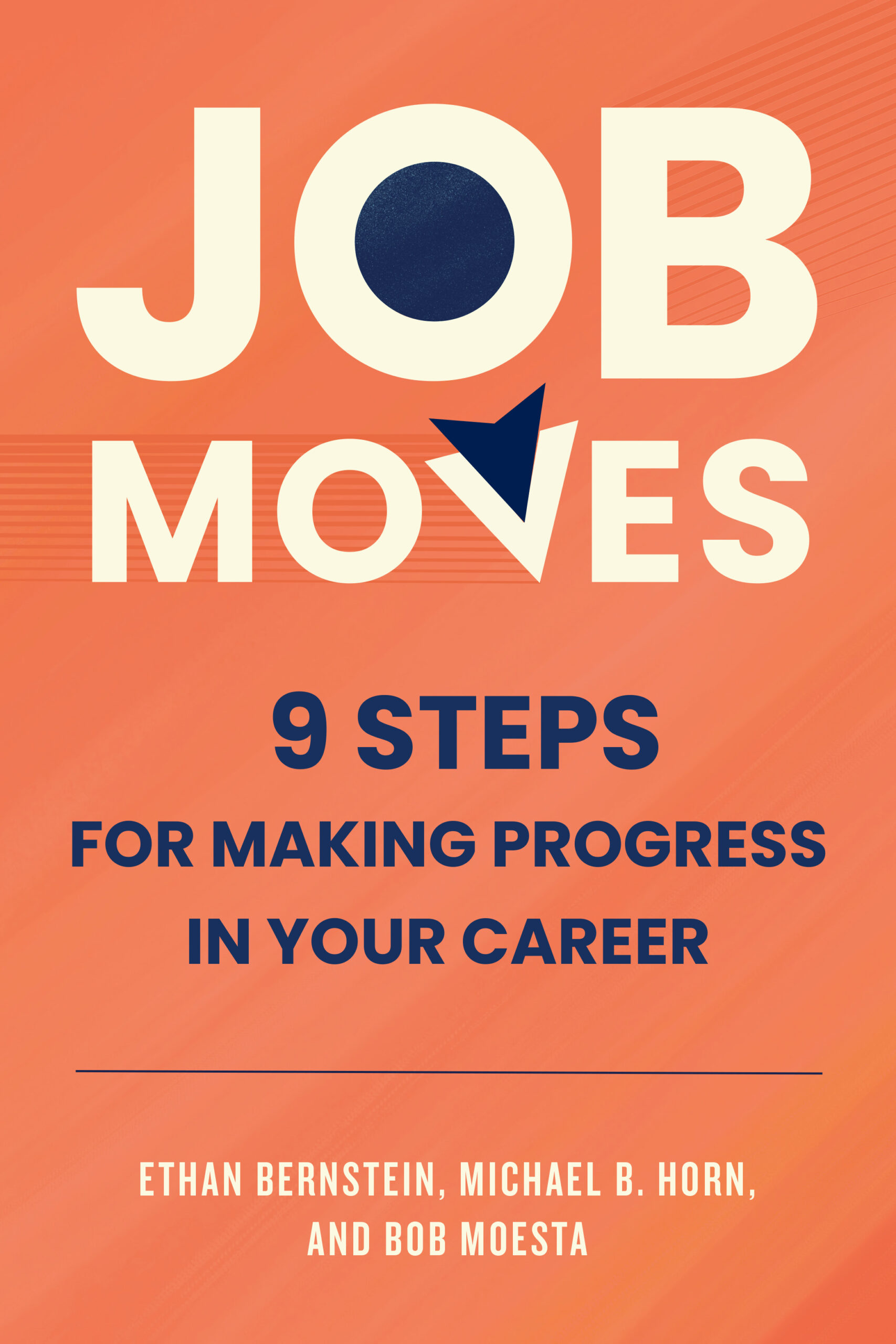How SNHU Succeeded by Understanding What Students Really Want—and Changing Everything
By: Michael B. Horn and Paul LeBlanc
Southern New Hampshire University (SNHU) is known worldwide for using disruptive innovation theory as a central insight in its decision to separate its online programs from the rest of the school to help create the largest university in the United States.
Although the theory of disruptive innovation was significant for SNHU, it was another theory of Harvard Business School Professor Clayton Christensen’s—the “Jobs to Be Done” (Jobs) theory, which receives far less attention in higher education circles—that was arguably far more consequential in the university’s success.
A common misunderstanding around the theory of disruptive innovation is that pioneering something “disruptive” will translate to success. In reality, disruptive innovation is a theory of competitive response. It allows you to predict how existing organizations will respond to novel, initially less attractive offerings powered by technology. By focusing on how organizations will react, the theory is focused fundamentally on a sector’s supply side.
The Jobs theory, on the other hand, is focused on the demand side. A “Job” represents the progress that an individual is trying to make in a particular circumstance. Understanding individuals’ Jobs allows an organization to not only build a successful offering that incorporates the experiences a user needs to make progress in their life but also put in place the proper organizational structure to deliver on that Job with predictable, repeatable processes.

0 comments